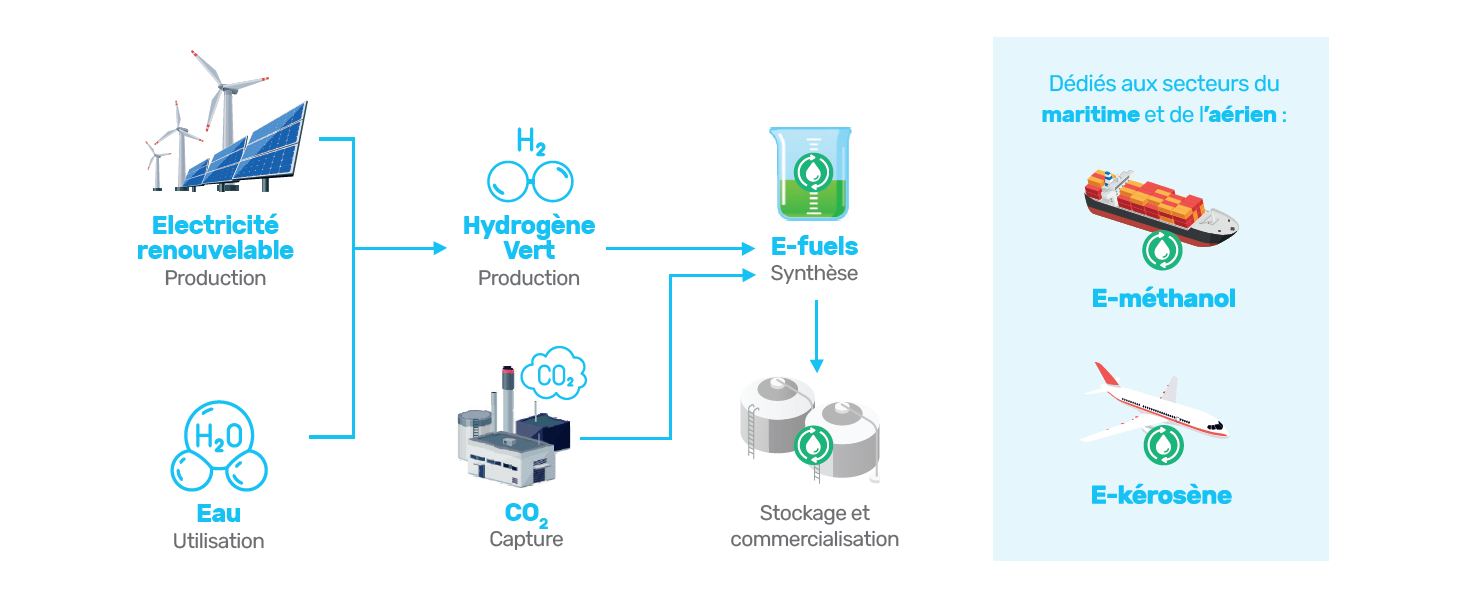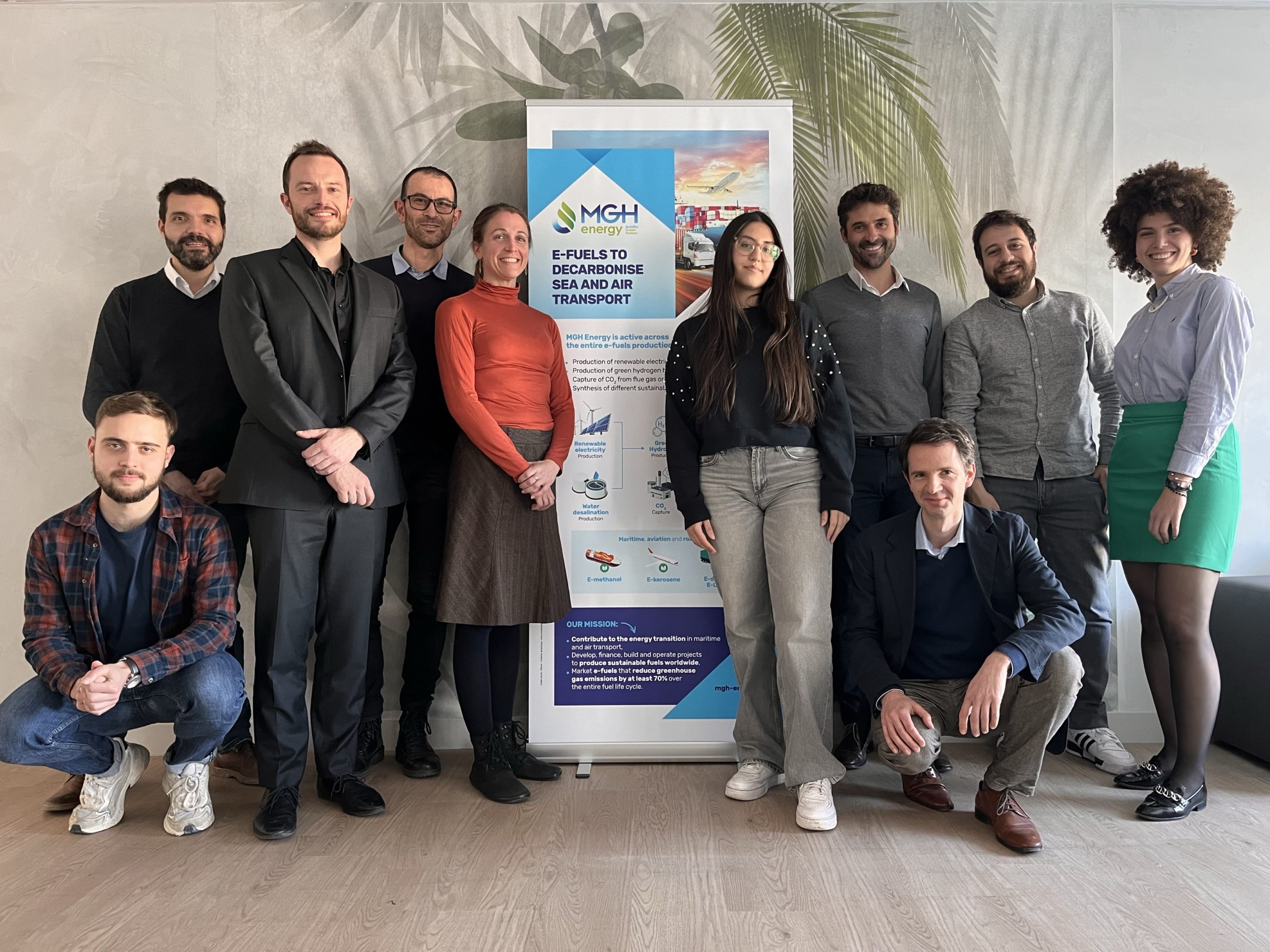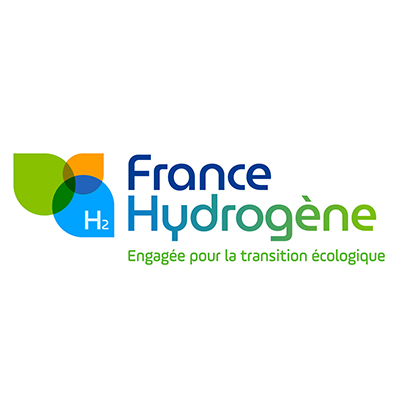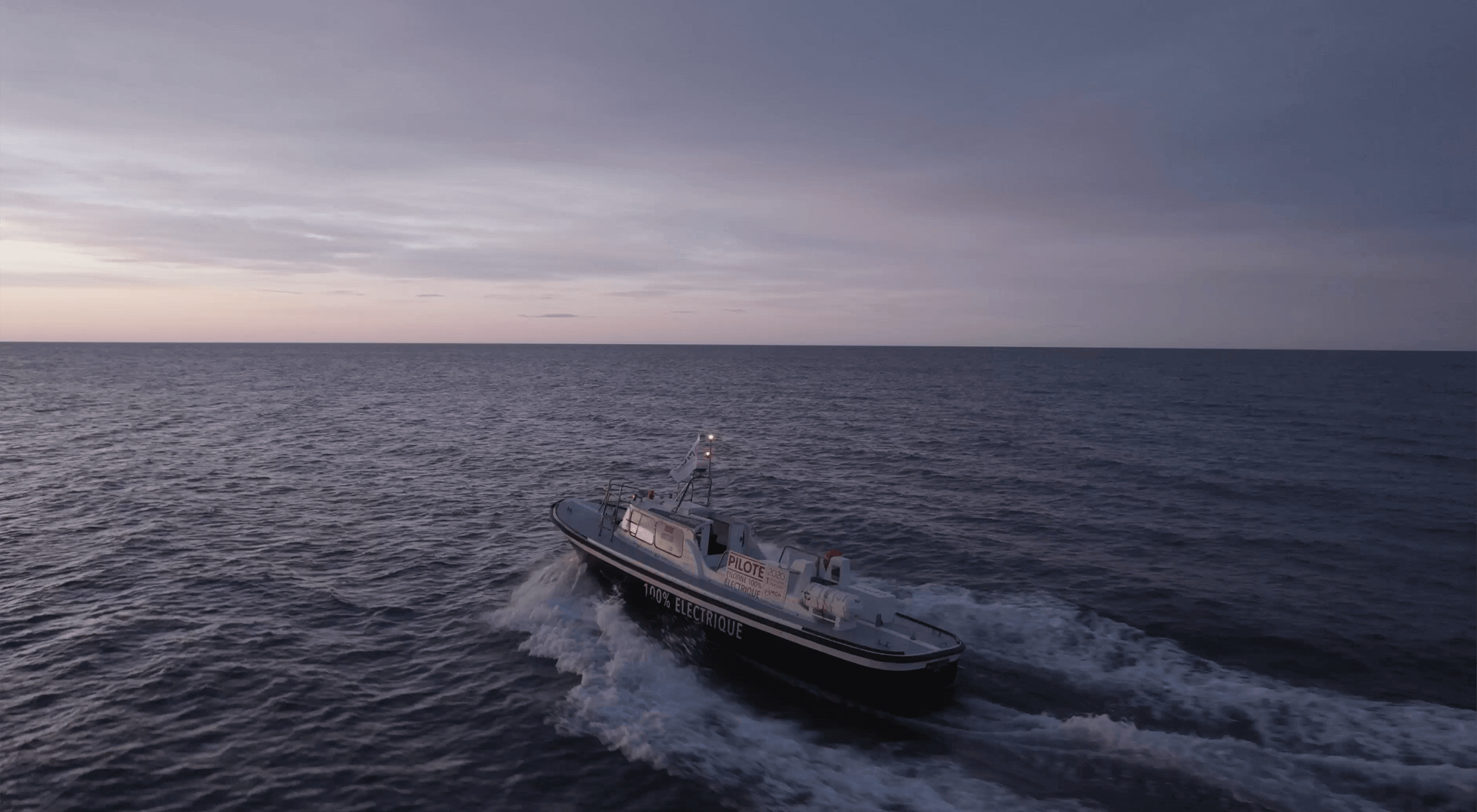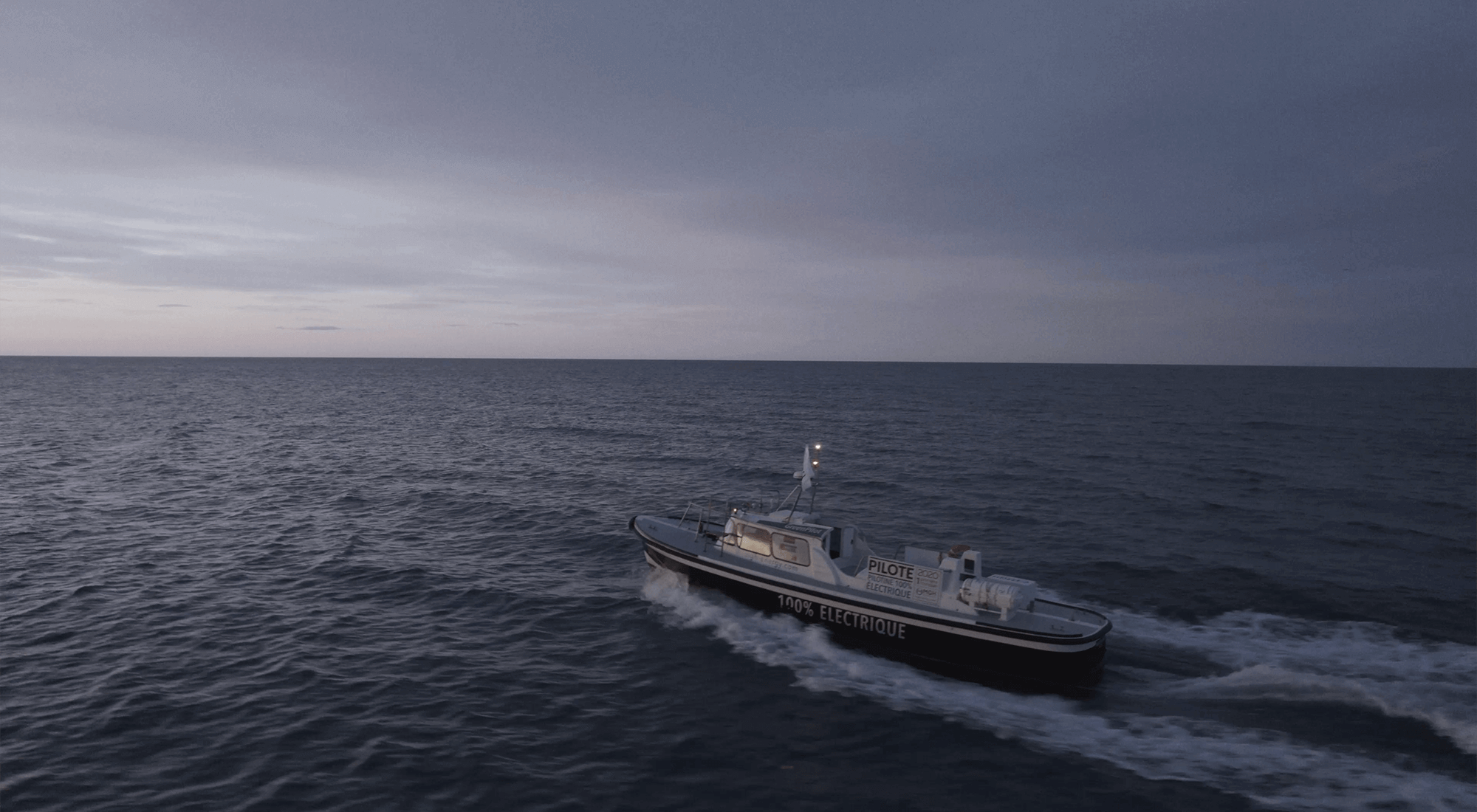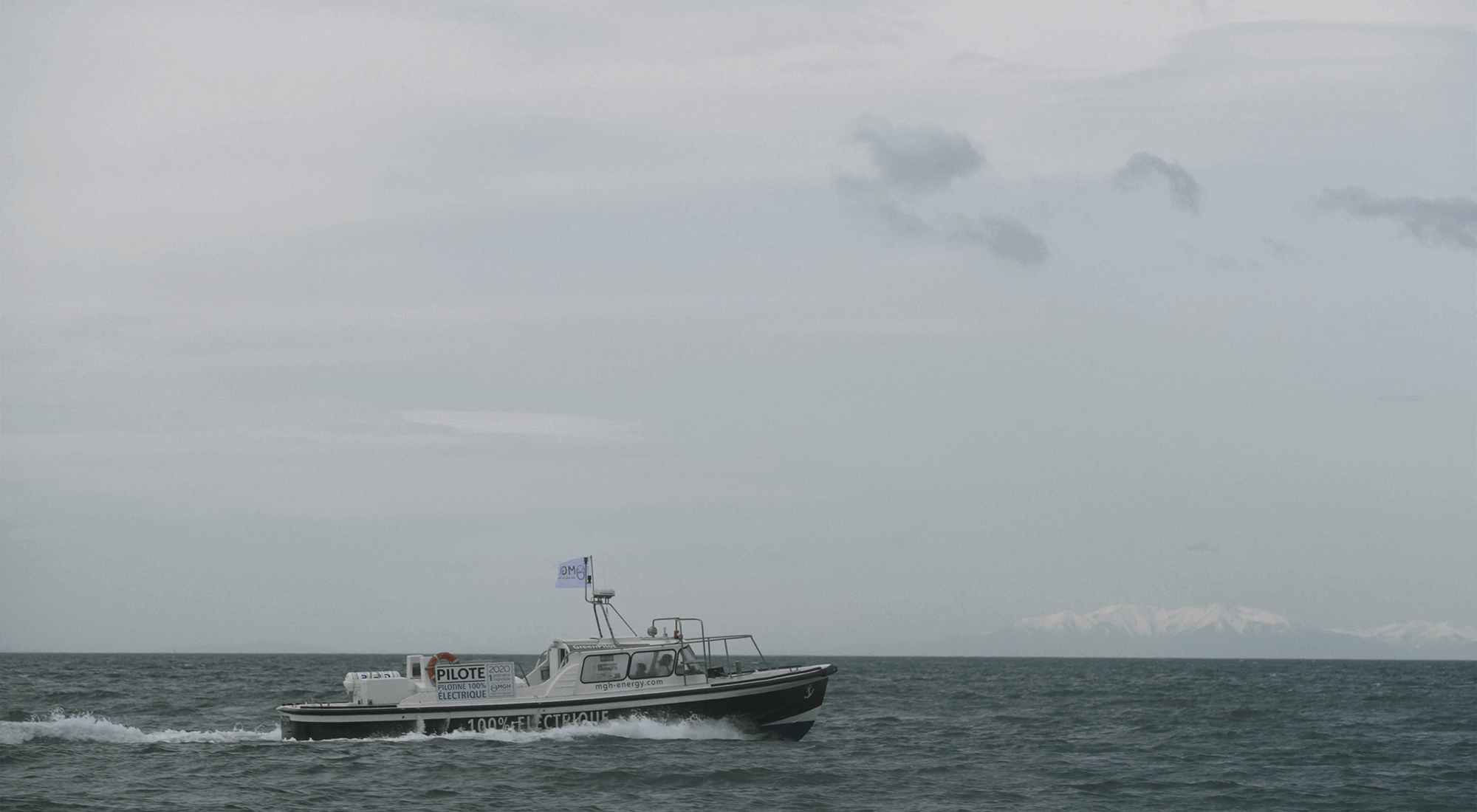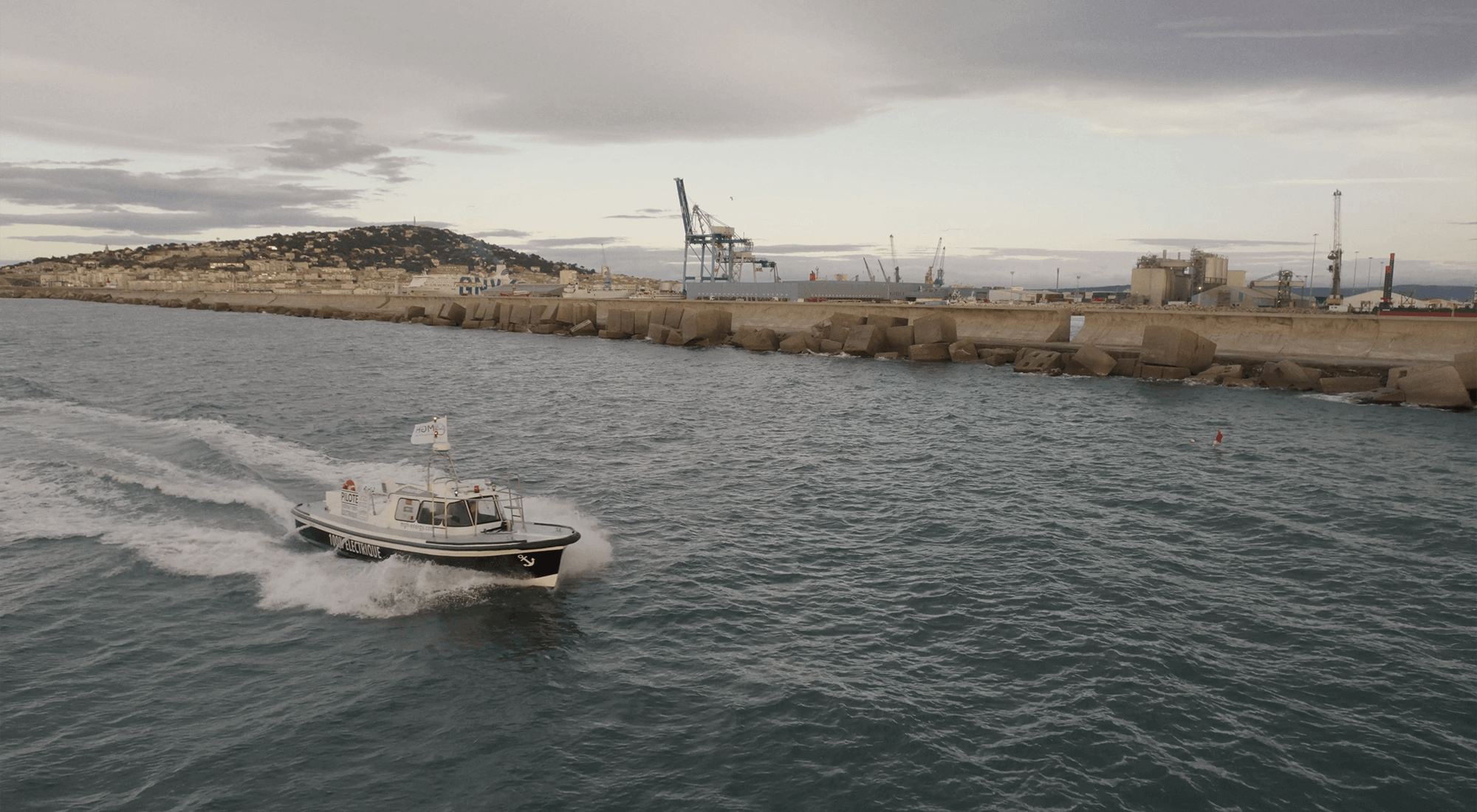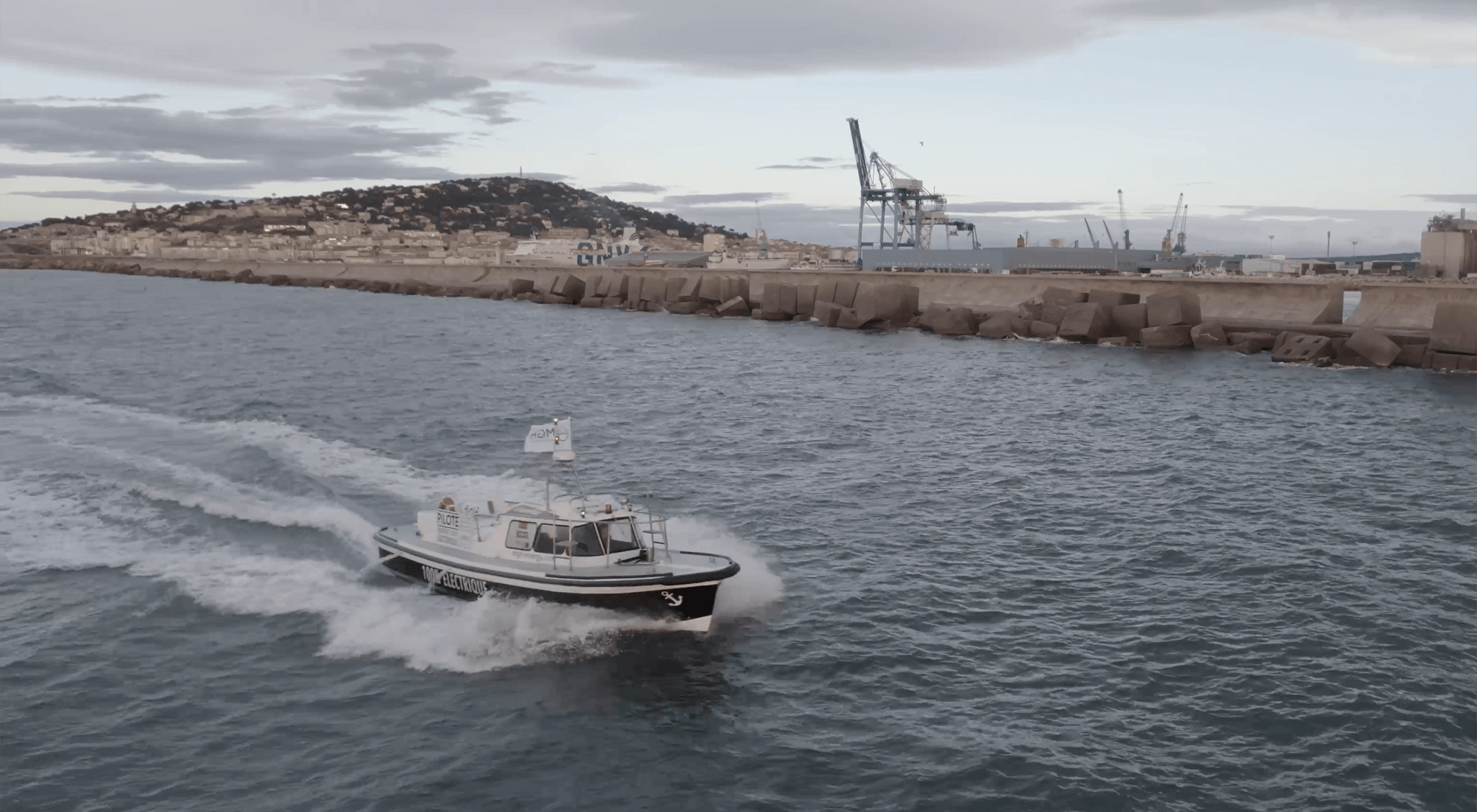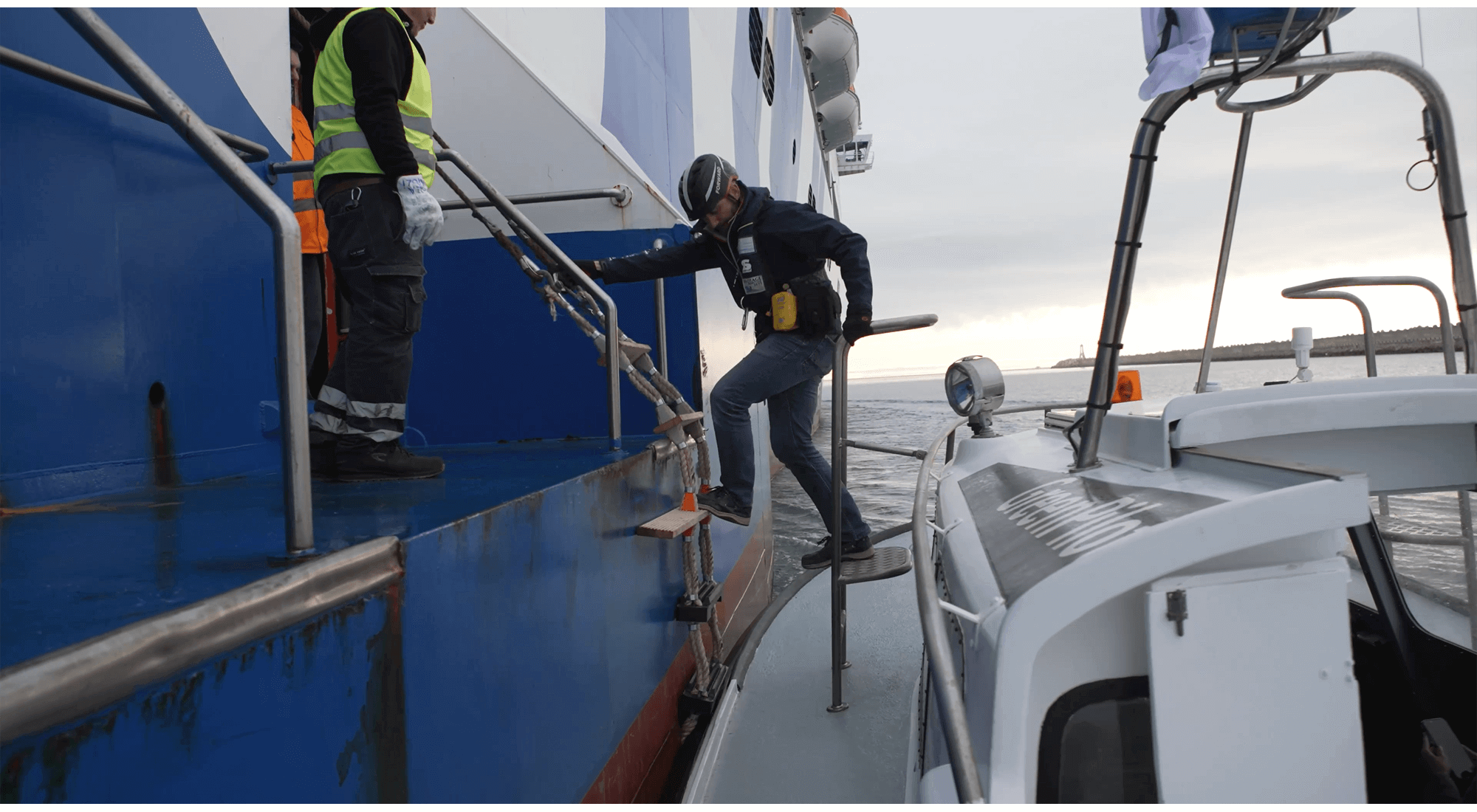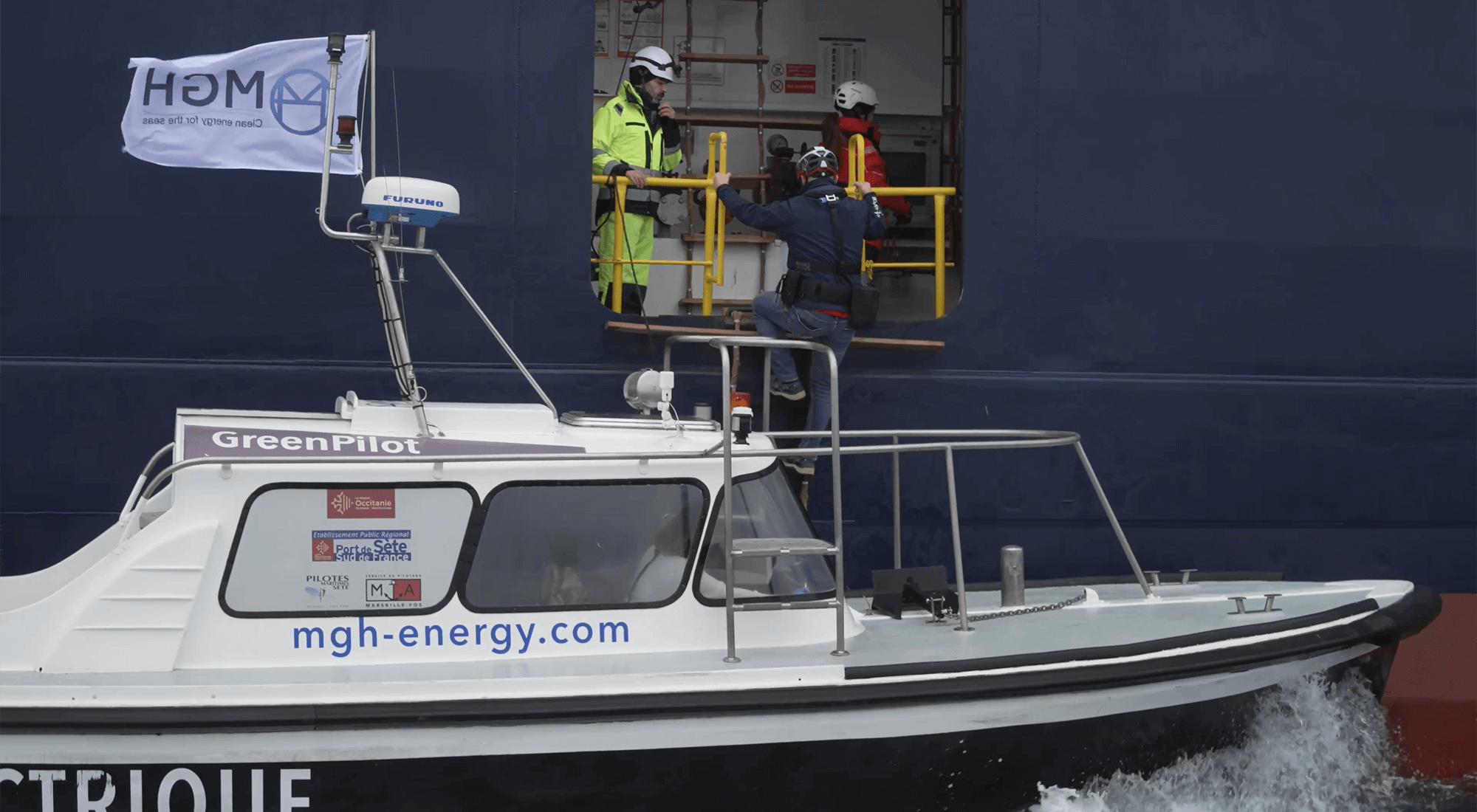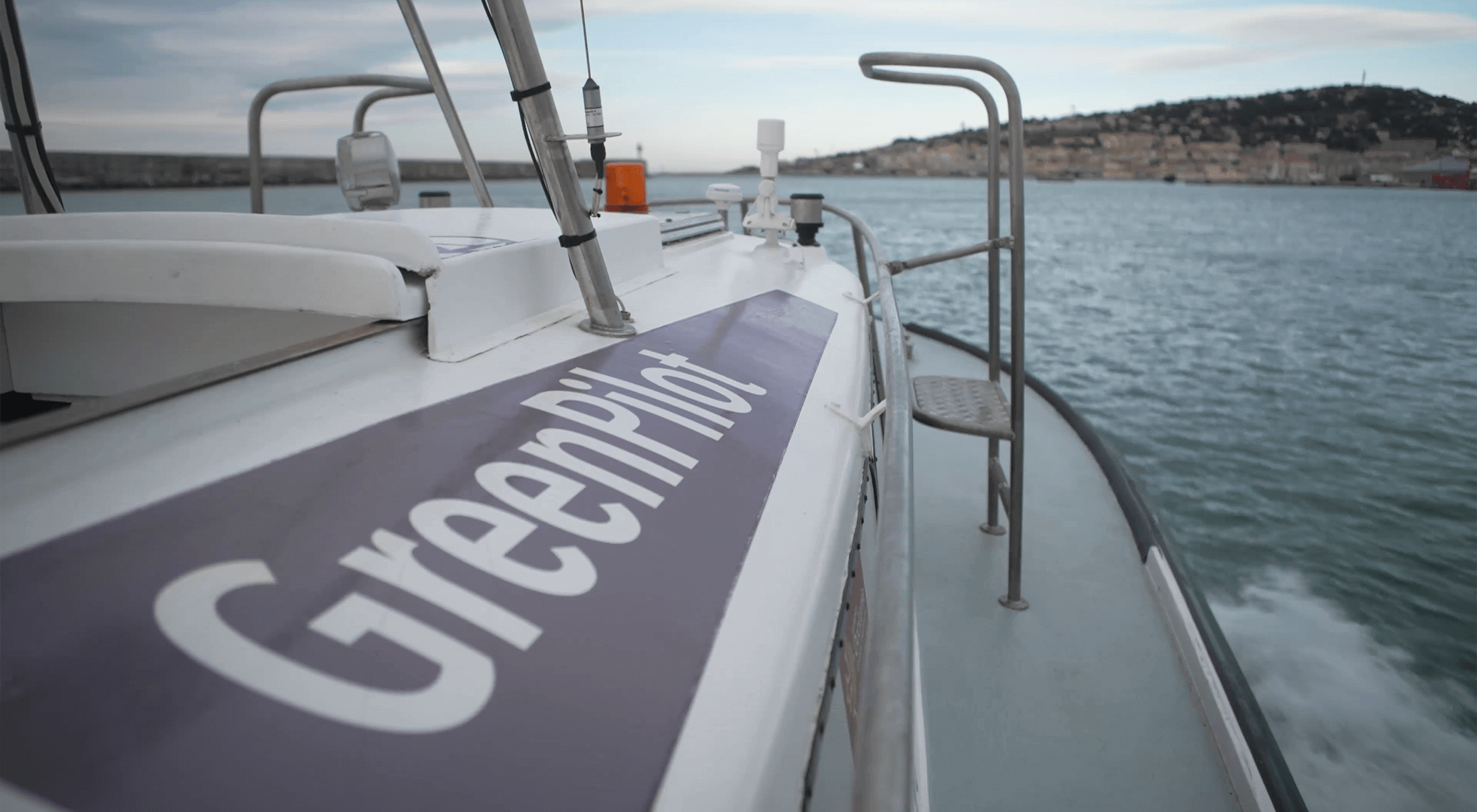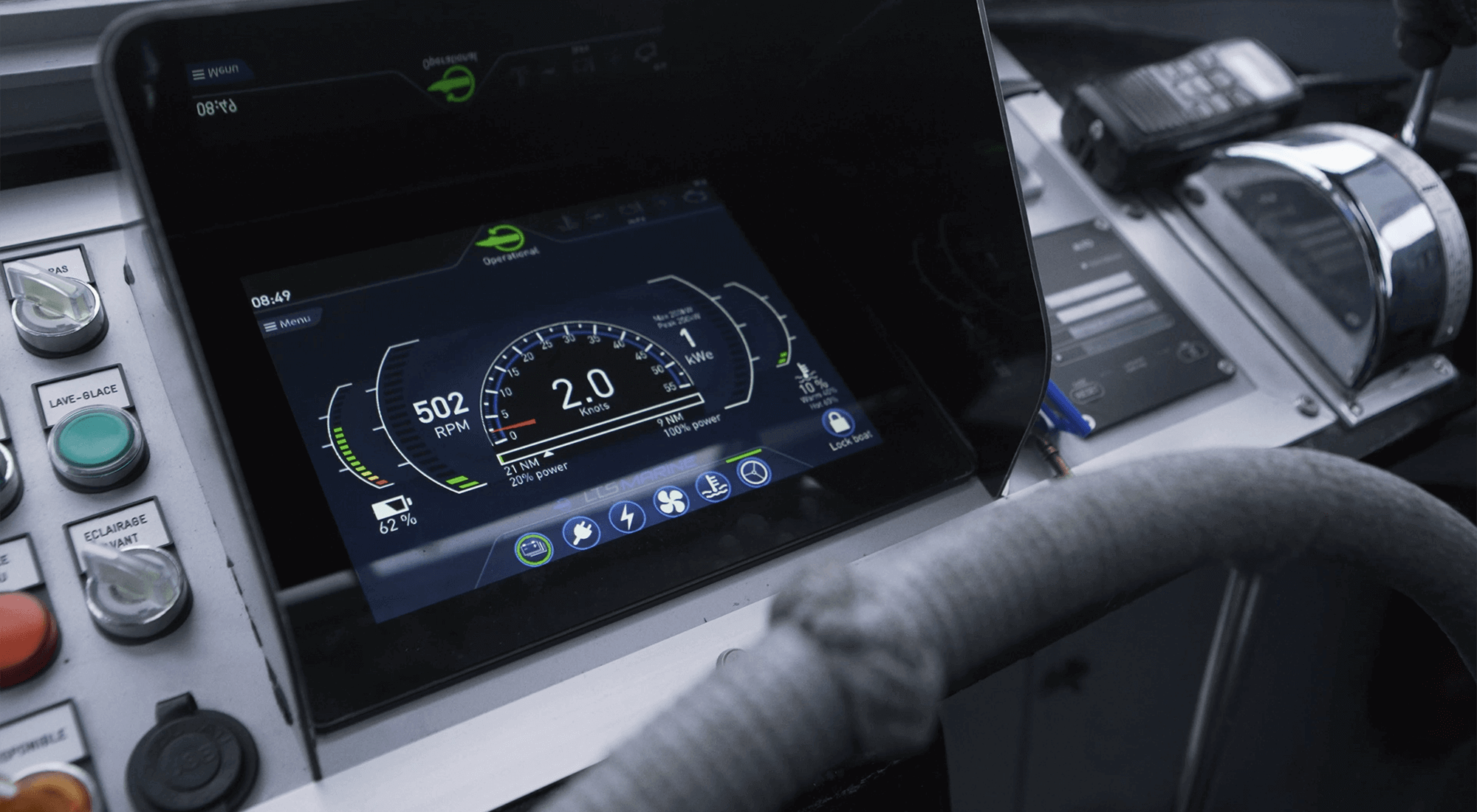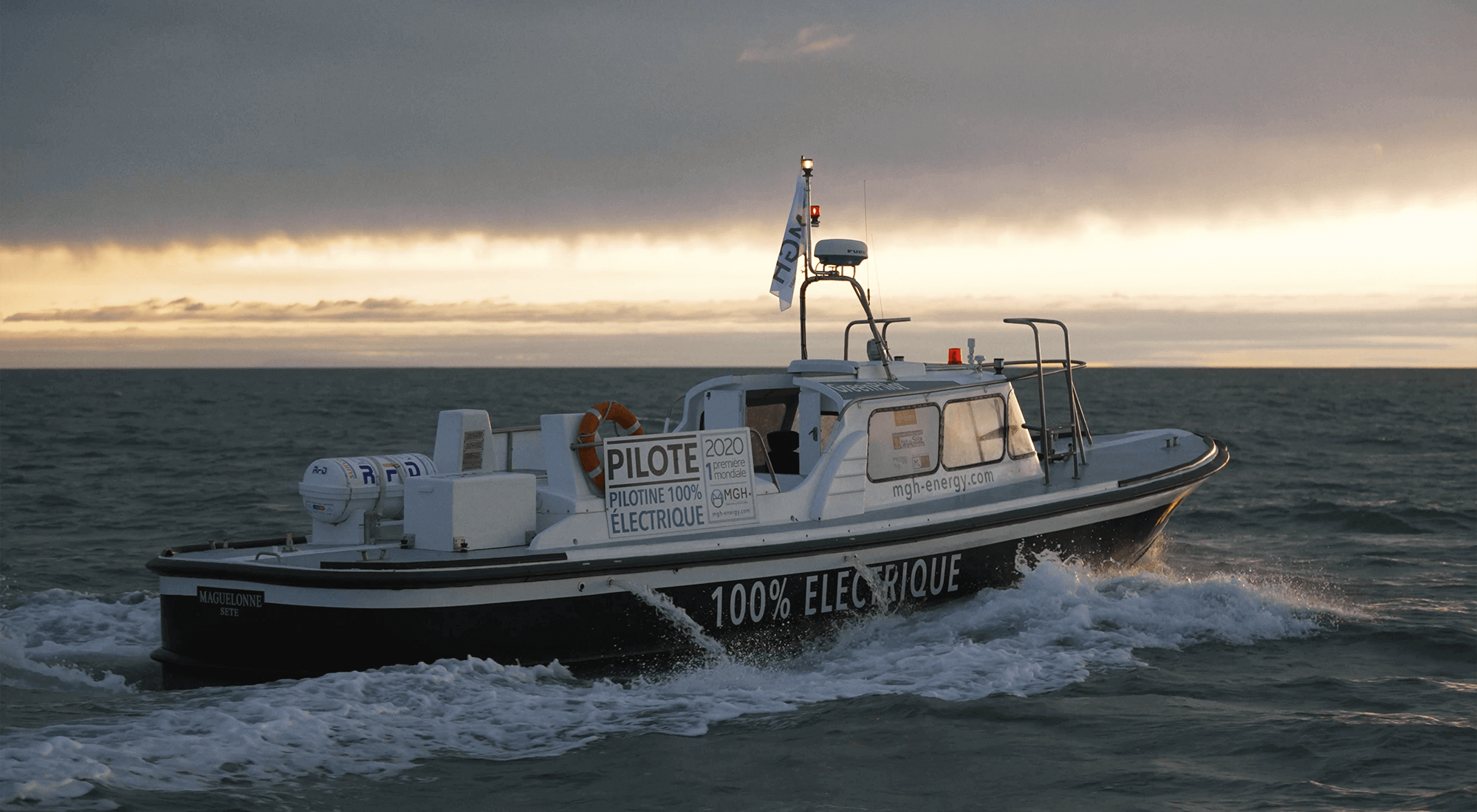Qu’est ce que les e-Fuels ?
Des carburants de synthèse pour un transport décarboné
En recyclant le CO2 présent dans l’air ou dans les fumées, cette nouvelle génération de carburants permettra d’éviter au moins 70% des émissions de GES. Ce sont environ 27 000 avions et 90 000 navires dans le monde qui ont vocation à utiliser ces carburants bas carbone comme le e-méthanol et le e-kérosène, pour se substituer aux carburants fossiles.
Qui sommes-nous ?
Acteur de la décarbonation du transport maritime et aérien
- Contribuer à la transition énergétique du transport maritime et aérien,
- Développer, financer, construire et exploiter des usines de production de carburants durables dans le monde,
- Commercialiser des e-fuels qui réduiront considérablement les émissions de gaz à effet de serre (GES).
membre de :
Nos secteurs
Le Maritime
Aujourd’hui, le fret maritime est à l’origine de 11% des émissions de Gaz à Effet de Serre (GES) dues au transport dans le monde. En vue de réduire cette tendance, Organisation Maritime International (OMI) a adopté la « Stratégie de 2023 » concernant la réduction des GES provenant des navires. Elle a pour ambition de réduire les émissions de CO2 pour l’ensemble des transports maritimes internationaux, d’au moins 40 % d’ici à 2030 et atteindre l’objectif de zéro émission nette de GES avant ou vers 2050.
Aujourd’hui, le fret maritime est à l’origine de 11% des émissions de Gaz à Effet de Serre (GES) dues au transport dans le monde. En vue de réduire cette tendance, Organisation Maritime International (OMI) a adopté la « Stratégie de 2023 » concernant la réduction des GES provenant des navires. Elle a pour ambition de réduire les émissions de CO2 pour l’ensemble des transports maritimes internationaux, d’au moins 40 % d’ici à 2030 et atteindre l’objectif de zéro émission nette de GES avant ou vers 2050.
L’ Aérien
Le secteur de l’aérien représente 2 à 3% des émissions de CO2 dans le monde. Les SAF (sustainable aviation fuels) sont une bonne alternative aux carburants fossiles mais ne représentent actuellement, que 1% des volumes. Aussi, en septembre 2023, le Parlement Européen a adopté la législation « Refuel EU » fixant à 2 %, dès 2025, le niveau de SAF minimal dans les réservoirs des avions. Ce seuil sera relevé progressivement, pour atteindre 70 % en 2050. De même, lors de la COP28, une centaine de pays se sont engagés à réduire leur émission de GES, dans l’aviation, d’au moins 5% d’ici 2023.
Le secteur de l’aérien représente 2 à 3% des émissions de CO2 dans le monde. Les SAF (sustainable aviation fuels) sont une bonne alternative aux carburants fossiles mais ne représentent actuellement, que 1% des volumes. Aussi, en septembre 2023, le Parlement Européen a adopté la législation « Refuel EU » fixant à 2 %, dès 2025, le niveau de SAF minimal dans les réservoirs des avions. Ce seuil sera relevé progressivement, pour atteindre 70 % en 2050. De même, lors de la COP28, une centaine de pays se sont engagés à réduire leur émission de GES, dans l’aviation, d’au moins 5% d’ici 2023.
La décarbonation du transport maritime
Les autres projets
LA PREMIÈRE PILOTINE MONDIALE 100% ÉLECTRIQUE
Avec un moteur électrique d’une puissance de 200kW alimenté par 6 batteries embarquées, la e-Maguelonne est la première pilotine au monde 100% électrique. Inaugurée en 2021, elle est aujourd’hui opérée parmi les navires des pilotes du port de commerce de Sète-Frontignan. La transformation de cette pilotine historiquement thermique offre à l’industrie du maritime la possibilité de faire un pas de plus dans la décarbonation des activités portuaires.
LE TRANSPORT MARITIME À LA VOILE
Dans le cadre sa stratégie de décarbonation du transport maritime, MGH Energy a pris, en 2019, une participation de 25% dans la start-up Zéphyr & Borée. Cette compagnie maritime conçoit et commercialise des solutions de transport maritime décarbonées à l’échelle industrielle, en combinant la propulsion par le vent, la réduction de vitesse et l’utilisation de carburants alternatifs aux énergies fossiles.
La compagnie est notamment à l’origine du cargo à voile moderne Canopée, développé en partenariat avec la société Jifmar pour les besoins d’ArianeGroup, et travaille actuellement au développement d’une ligne transatlantique de transport conteneurisé. Avec ses projets de navires « bas carbone », Zéphyr & Borée œuvre au développement d’un transport maritime plus durable et plus responsable.
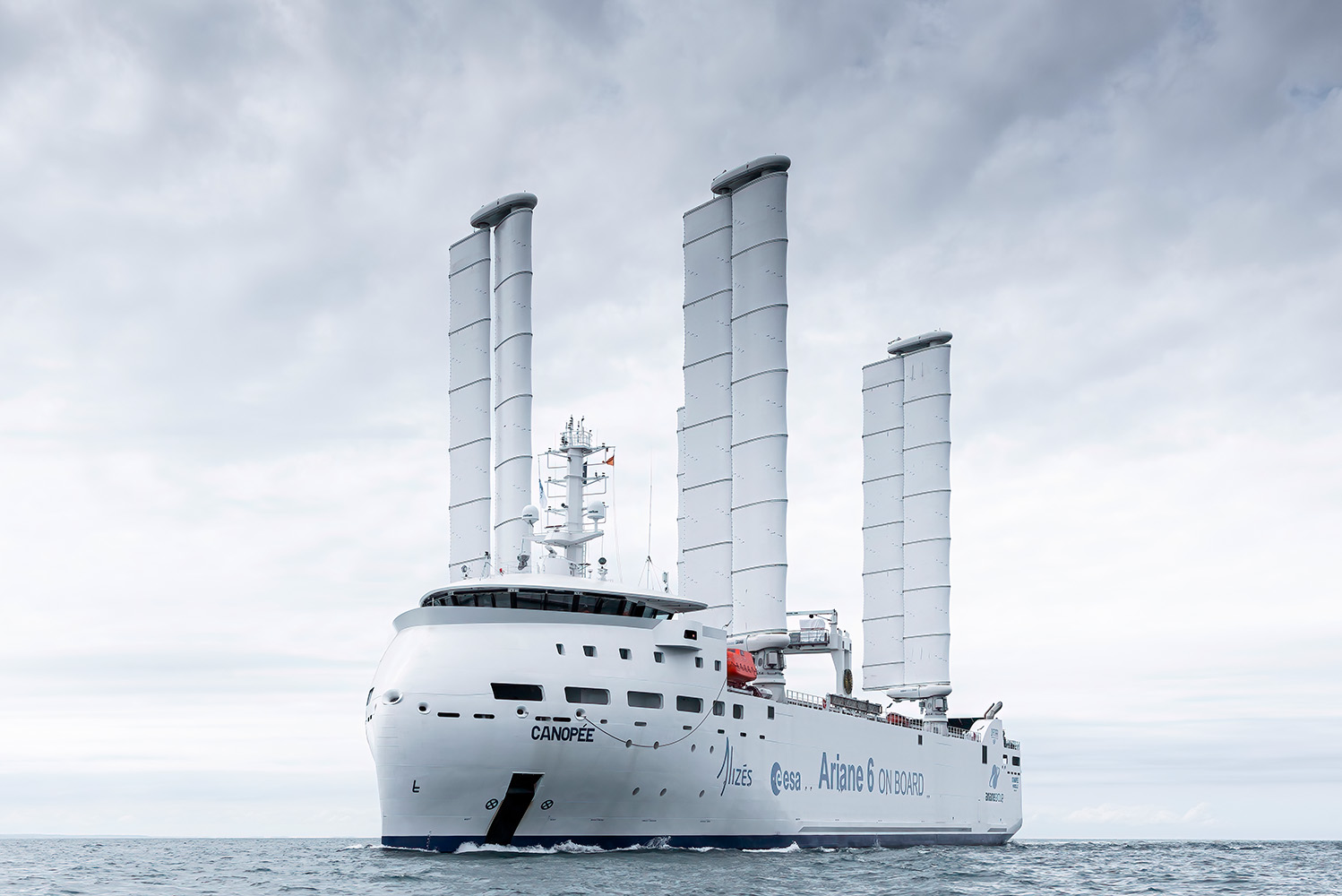
Contact
Une question ?
Un besoin ?
MGH Energy
Montpellier :
Les Corollys
771 avenue Alfred Sauvy
34470 Pérols – France
+33 (0)4 99 52 27 69
Paris :
12bis place Henri bergson
75008 Paris – France

Contactez-nous


